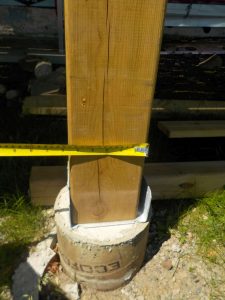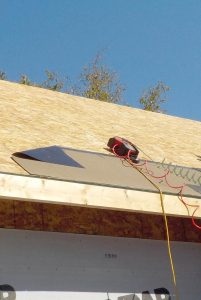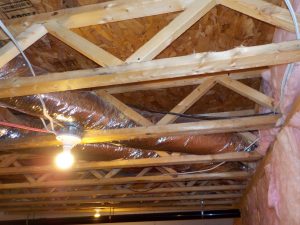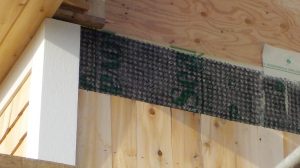“I didn’t know I needed a permit: I don’t live in town.”
Our development officers and building inspectors hear this line a lot, even though permits have been required throughout the province since 2002.
Here’s the 411 on permits in our area.
First off, our team of planners have worked with the towns of St. George and Saint Andrews, as well as the villages of Harvey and McAdam to streamline building bylaws. Residents of those communities can now build small buildings of 600 square feet area or less, including garages, with a development permit.
This matches a long-standing policy for the unincorporated areas. In fact, outside of a municipality, accessory buildings can be quite large, and yet still only require a $50 development permit.
If a permit is required, we’ll make sure that a structure is located in a suitable place, far enough from any neighbours, roads, or designated wetlands. (And if wetlands are involved, we’ll make sure you have the right provincial permits to build, and help you through the process.)
The development permit structure for unincorporated areas also allow construction of small camps (residential buildings) of 625 square feet or less.
Bottom line? Call us and ask.









